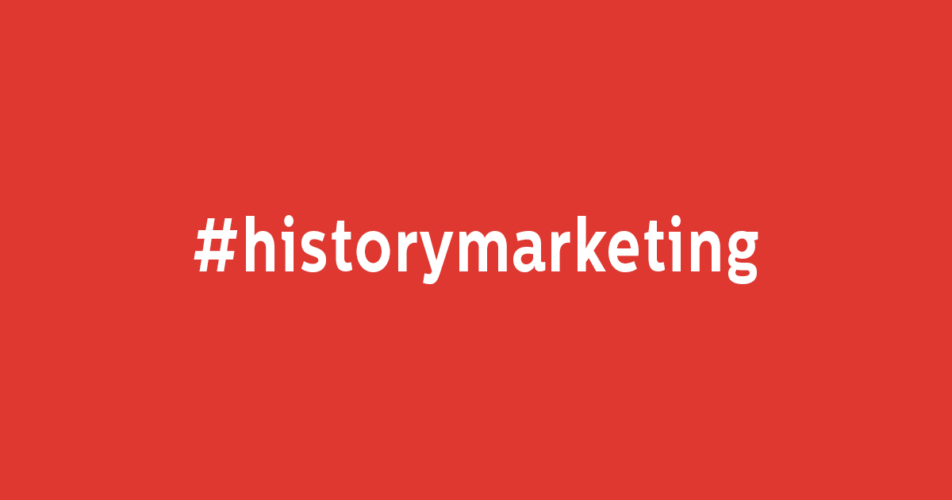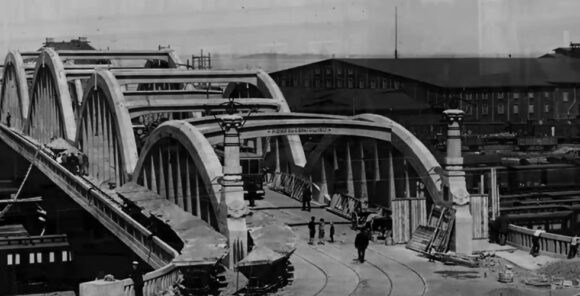Five steps for companies that want to use their history as a strategic asset to drive business.

Anders Sjöman new CEO at the Centre for Business History
When Alexander Husebye retires after 35 years at the Center for Business History, of which 29 years as CEO, the board has appointed Anders Sjöman as the new CEO. Anders has been Head of Communications and Assignments at the Center for Business History since 2015 and will take office at the Annual General Meeting on May 22.




